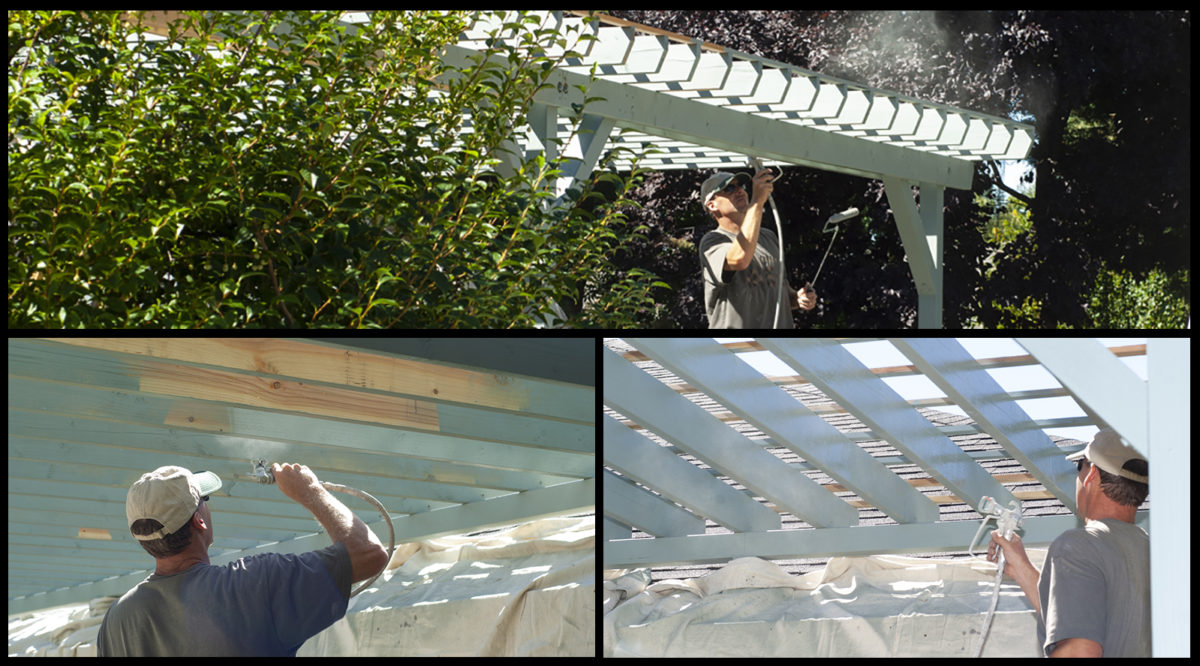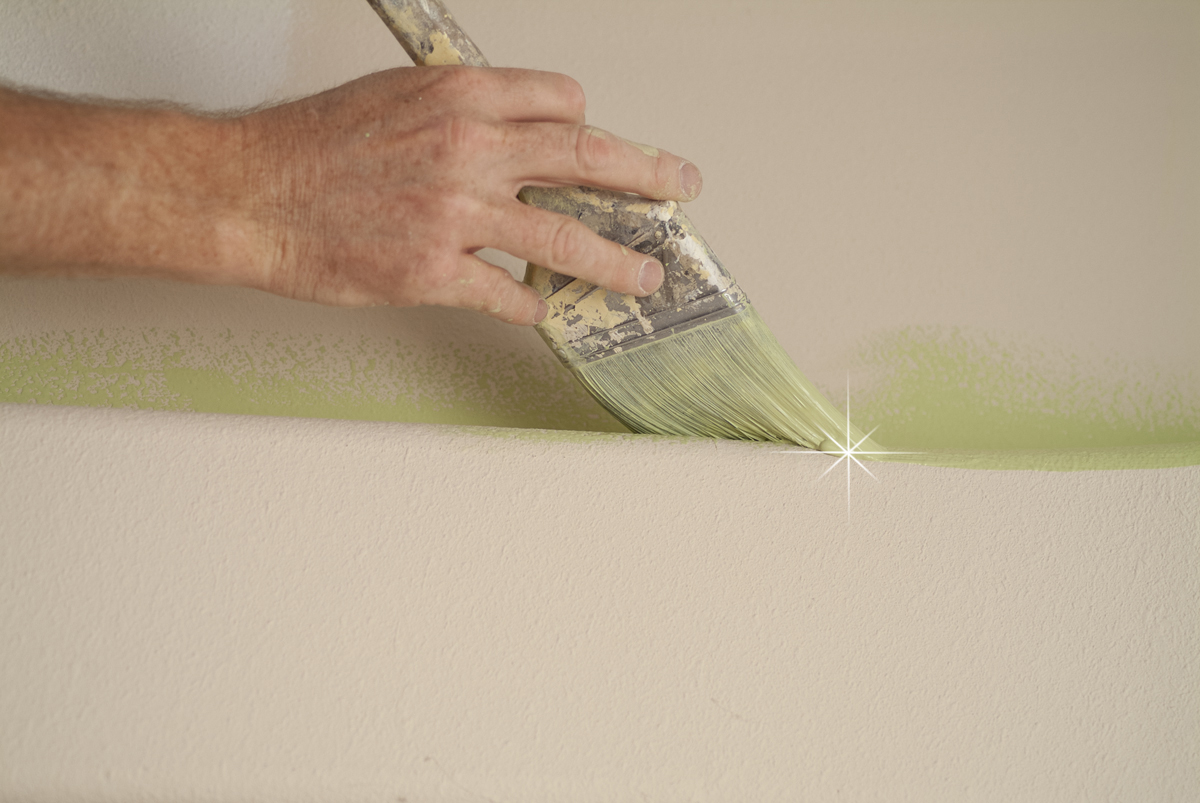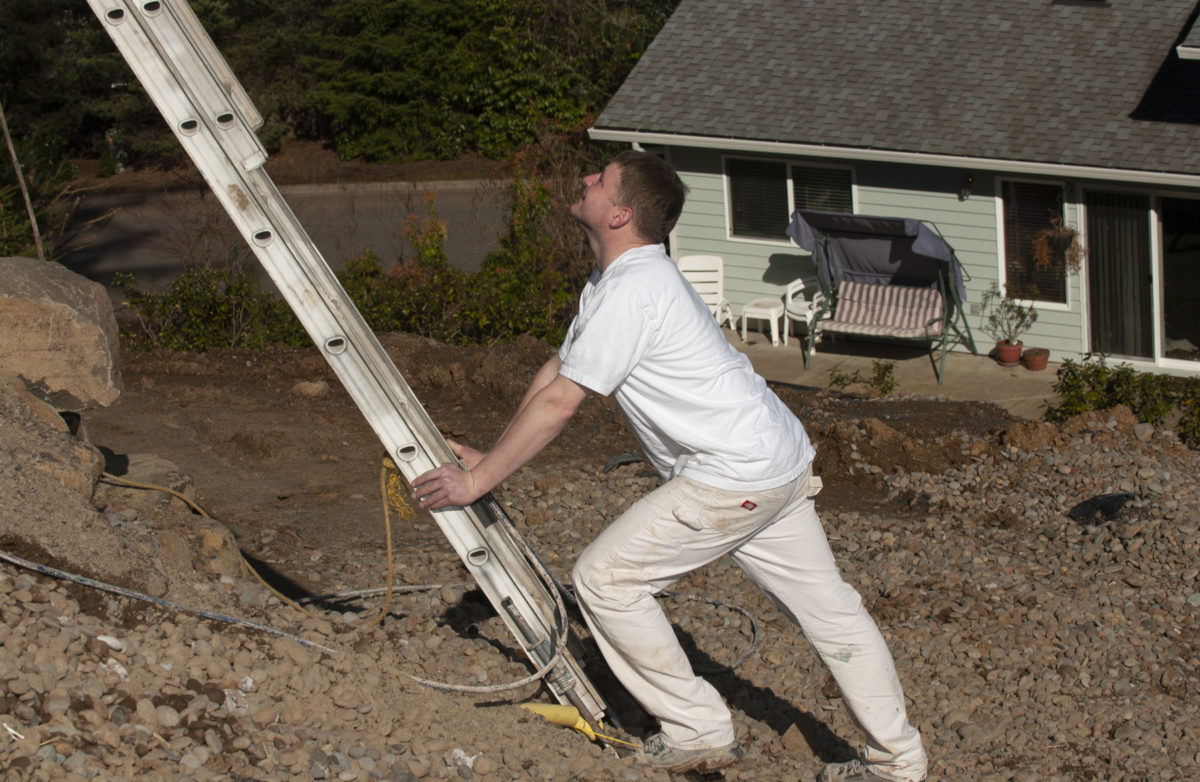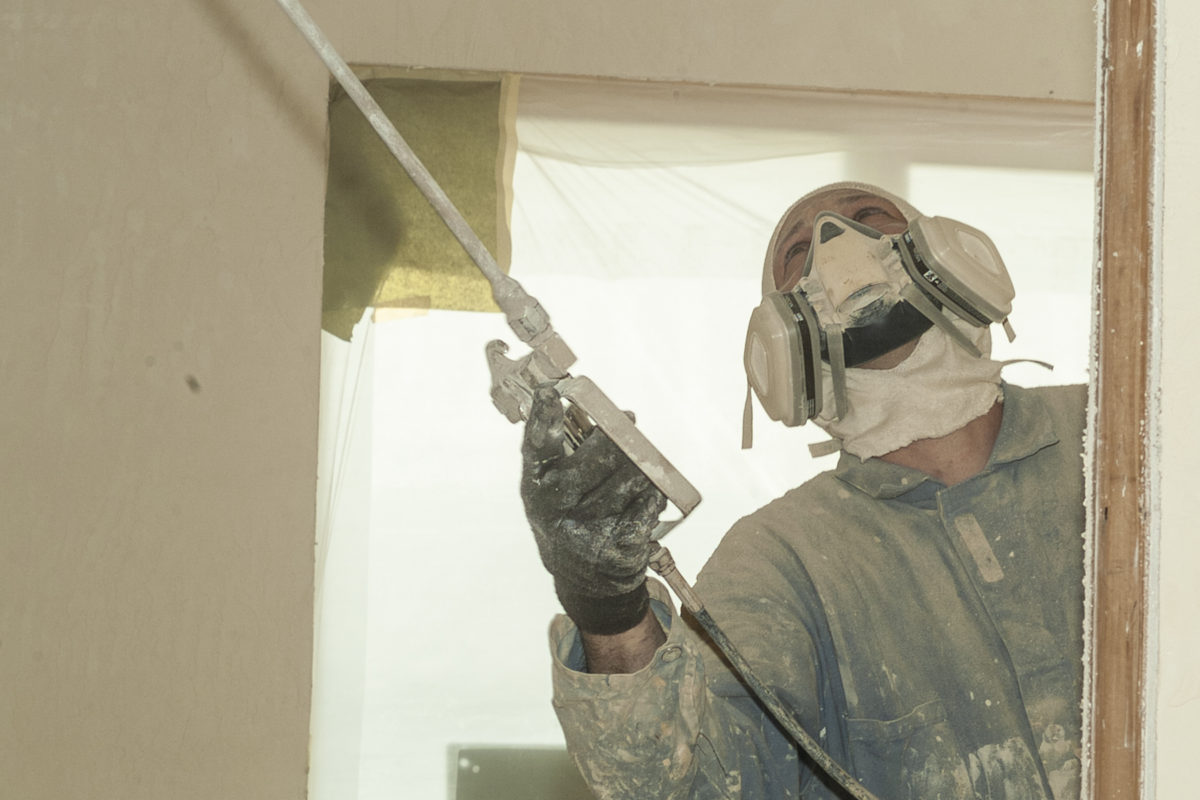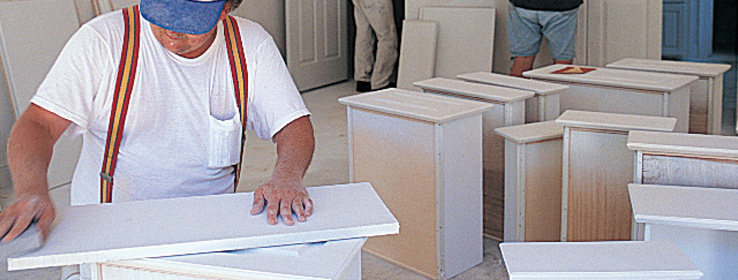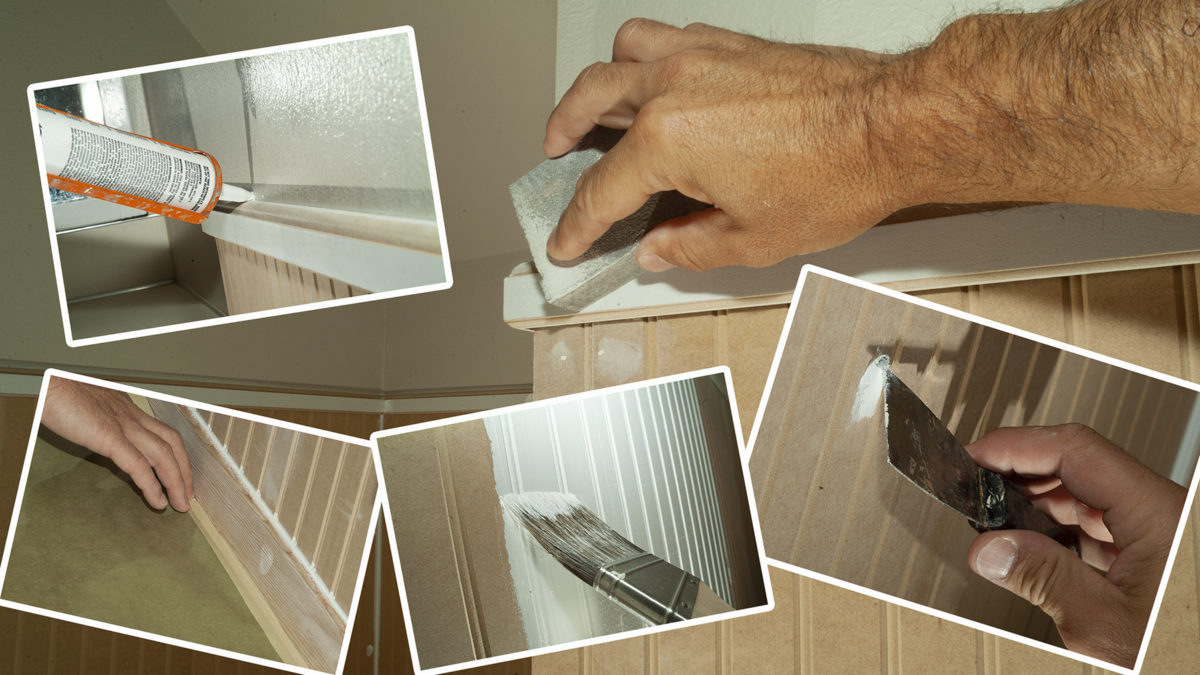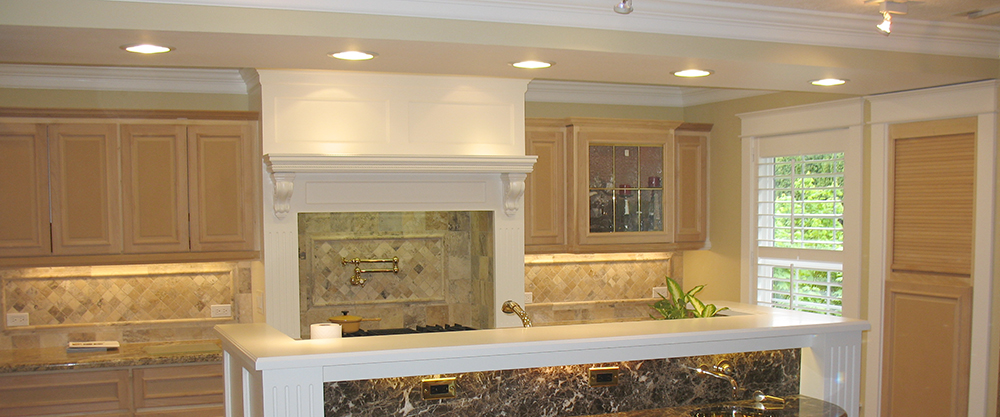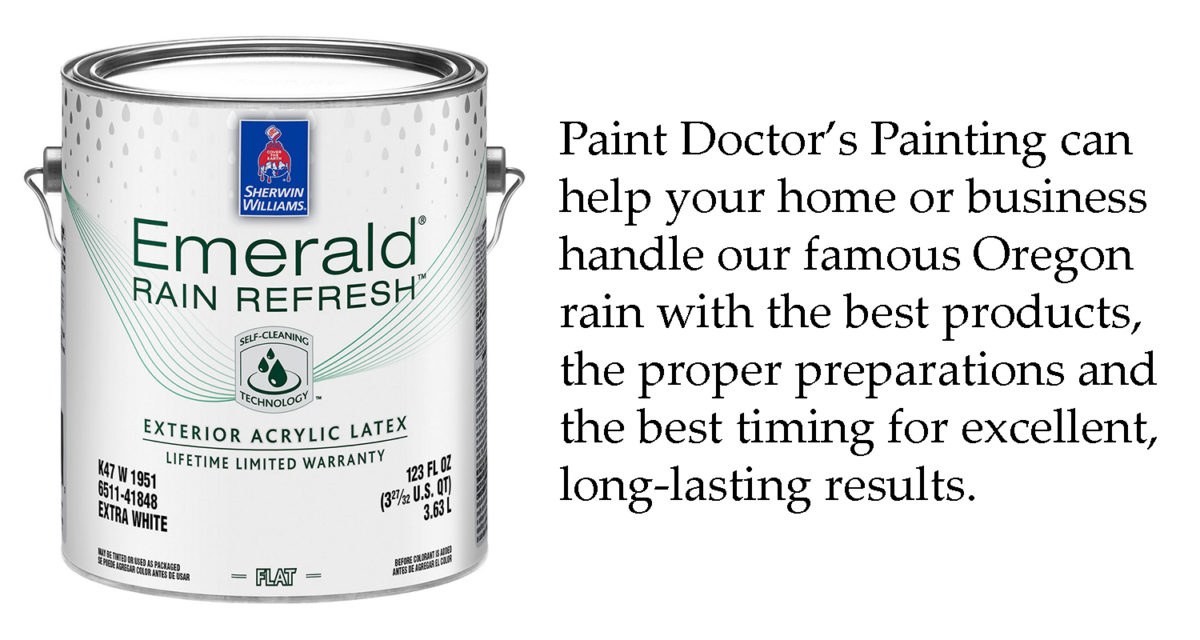Applying a solid wood stain to a structure like this shade producing pergola requires a deft touch on a properly calibrated spray gun. Much of the material was pre-stained on saw horses before the structure was built. However, for looks and to protect the wood from the elements, literally every angle must be considered to complete the covering of the wood surfaces.
Pergolas, shade covers, corrals, fences, bandstands, kiosks, trellises and lattices require some serious skills. Call Mike at 541-497-3804. It’s a pro move.

